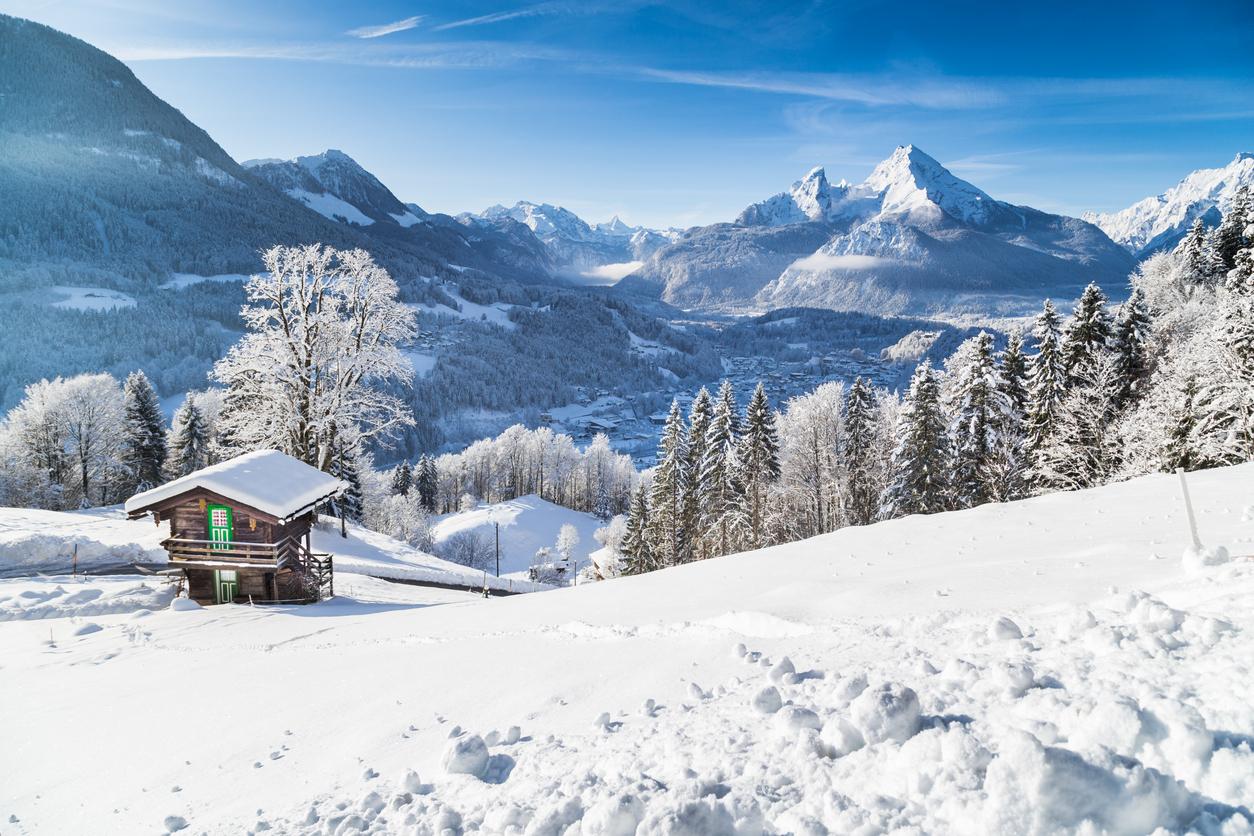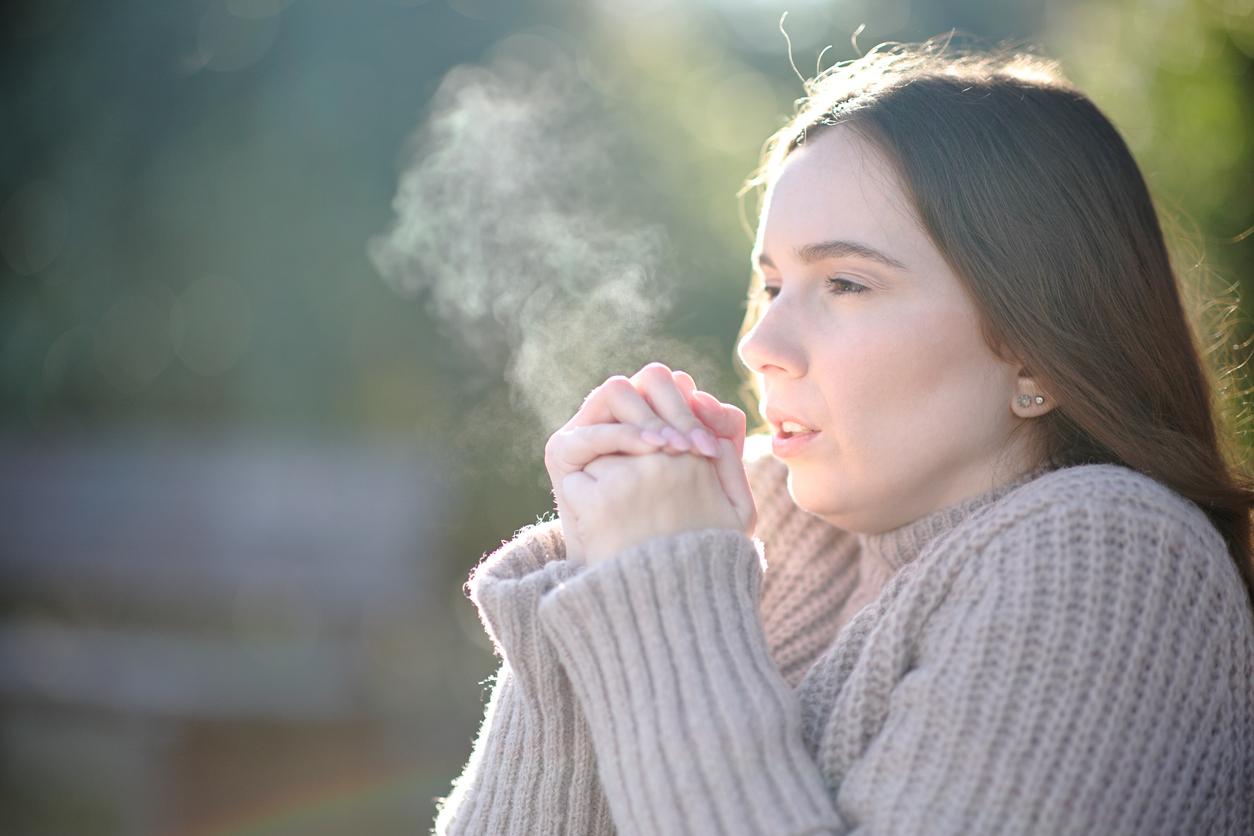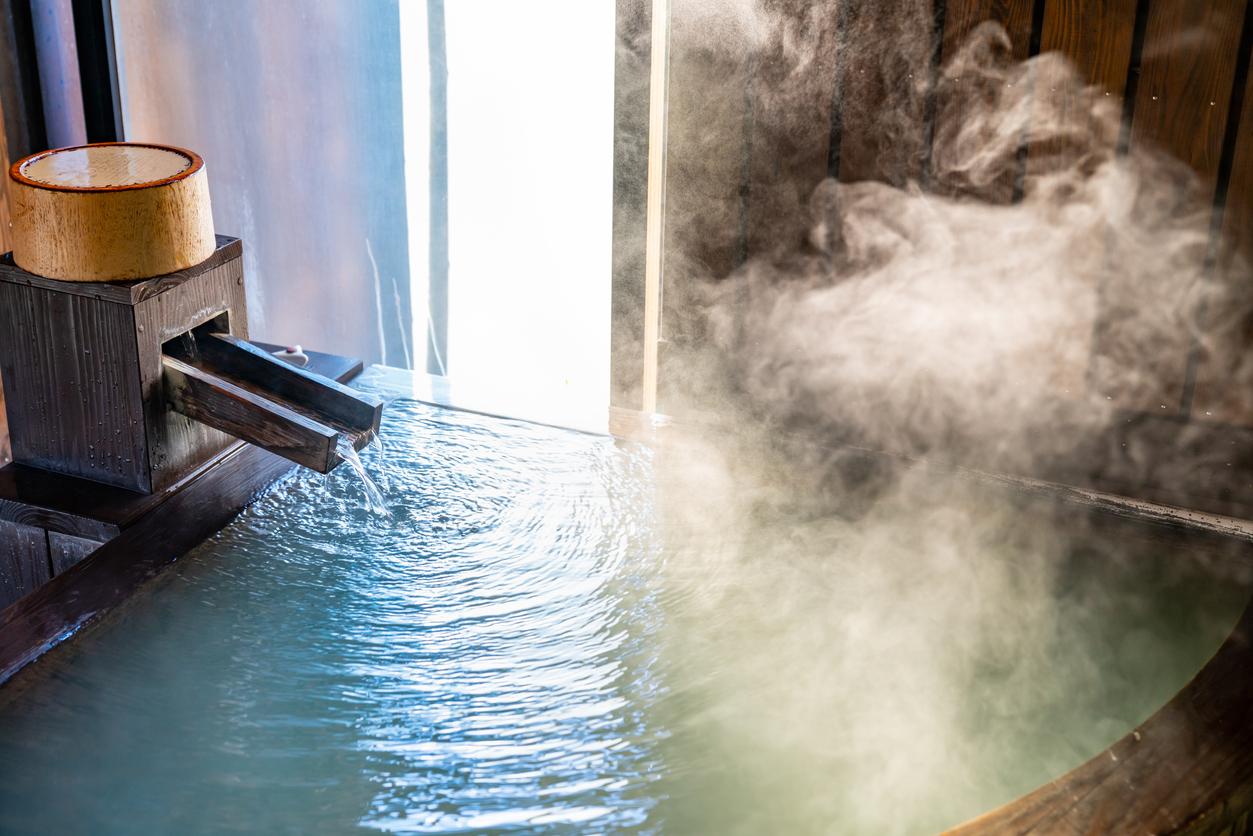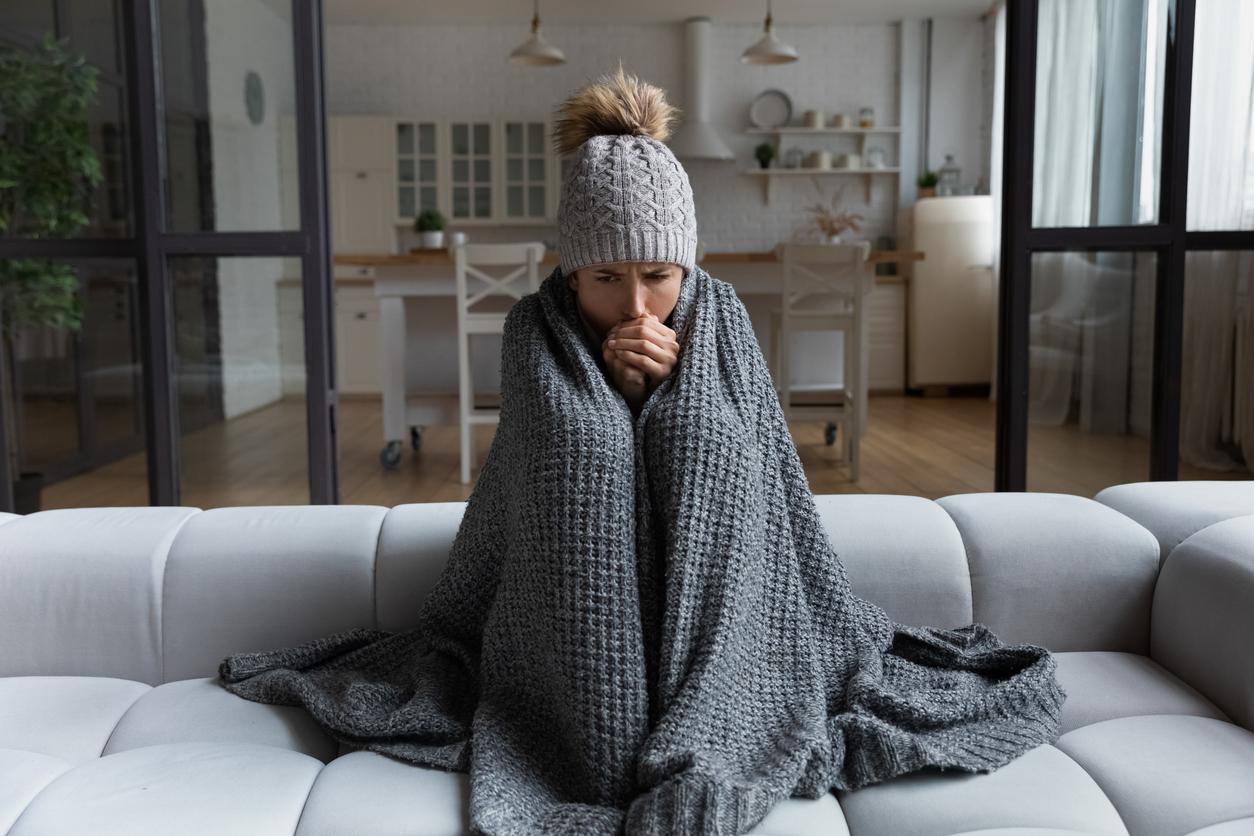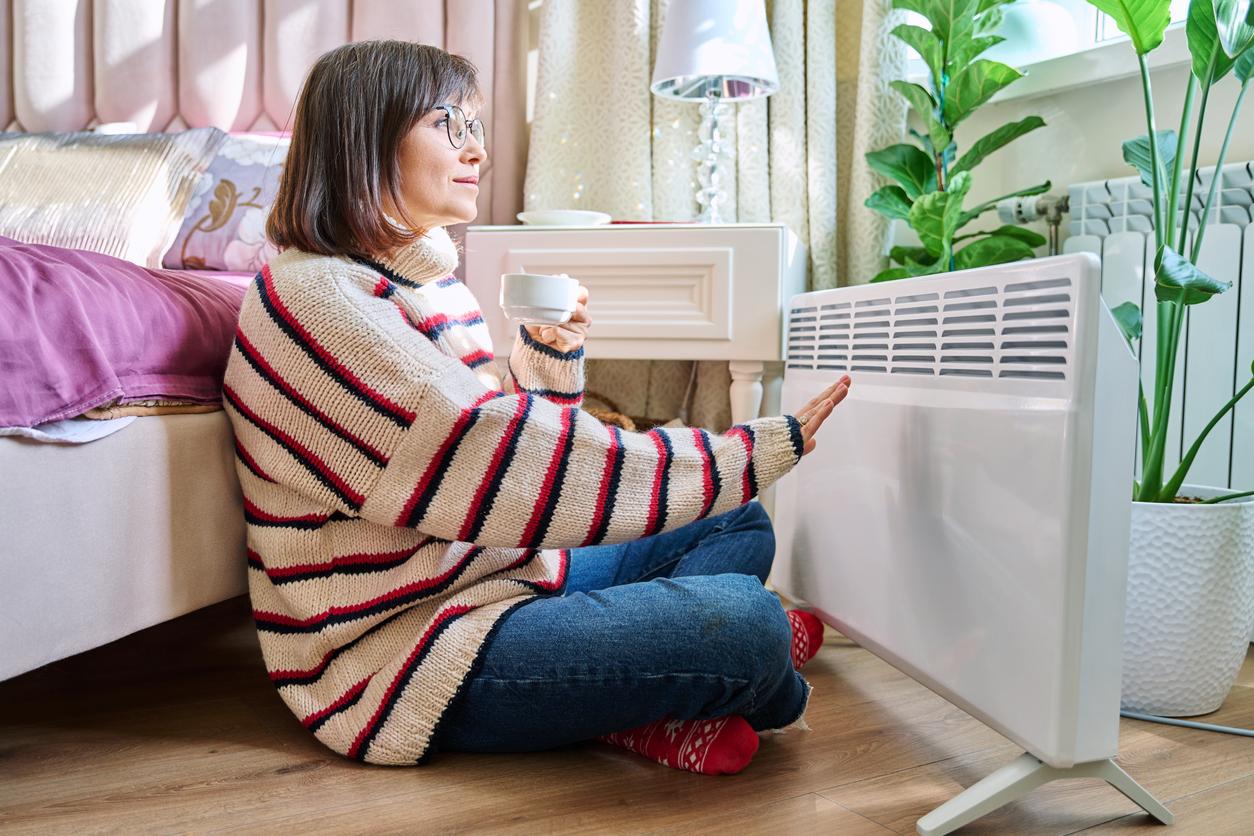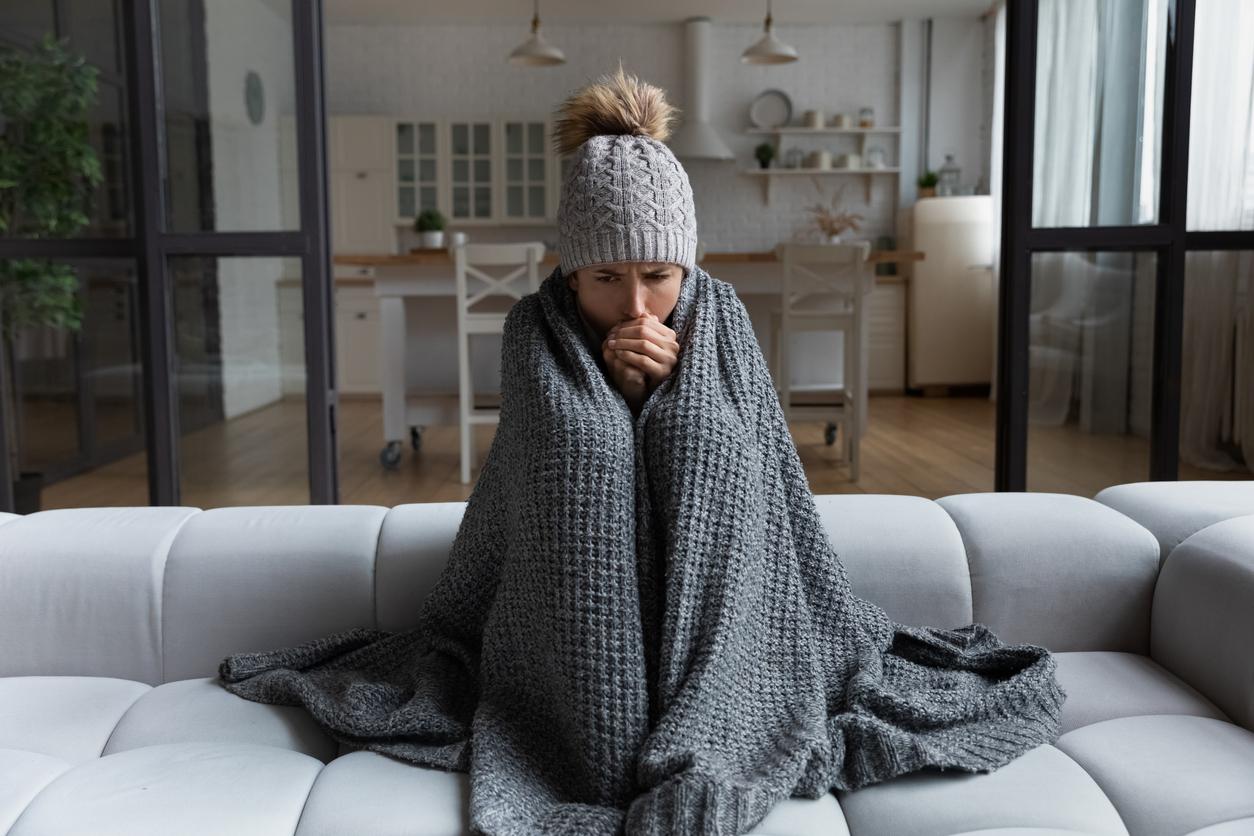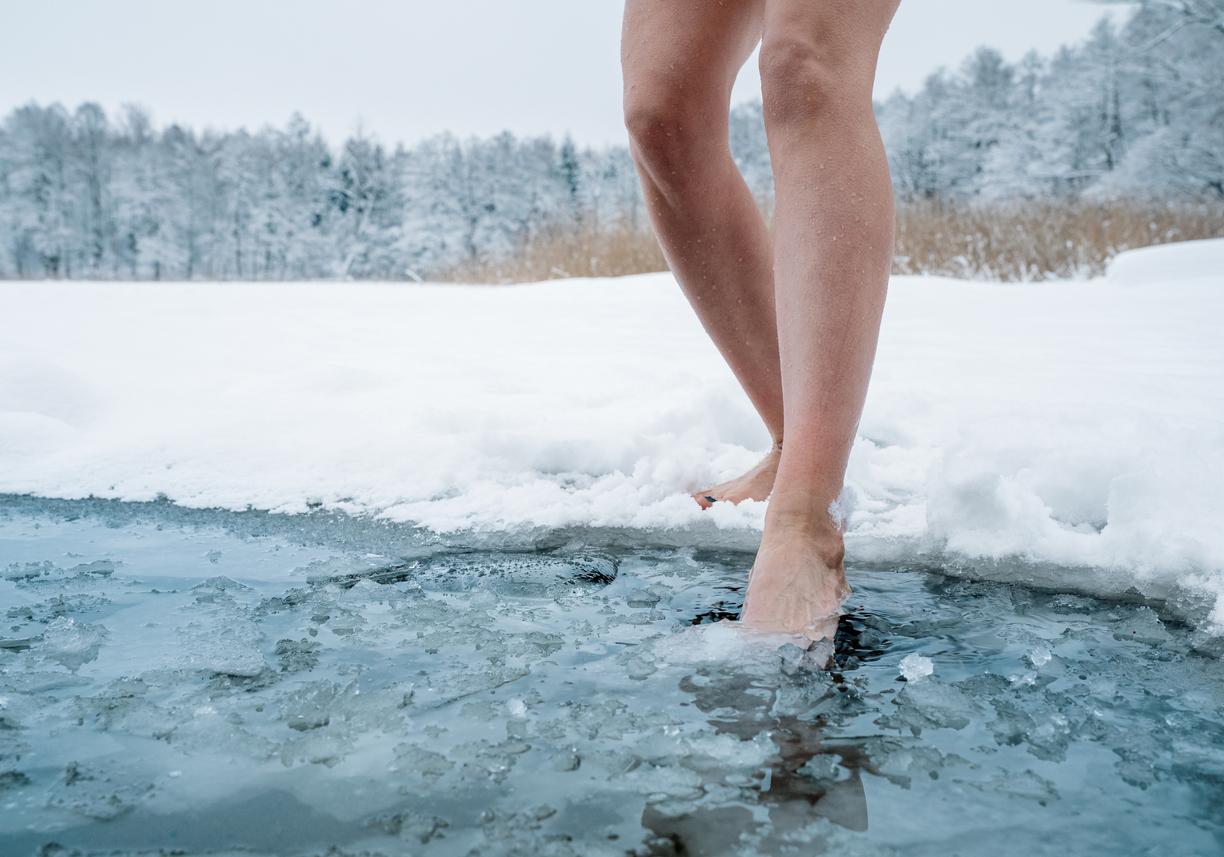It was initially a column devoted to winter sports. But as only 10% of French people have this chance, Pourquoi Docteur widens the debate to cold. A subject that interests skiers, but also others …

In winter sport there is the word winter, therefore cold.
We always say that the cold keeps… But when the first frost arrives, we try to protect ourselves from it. And in the mountains more than elsewhere, it is essential. Each cold wave carries its share of tragedies. Around fifty homeless people found lifeless each year in the early morning hours of a freezing night, but also thousands of French people who suffer from precarious housing conditions. In particular old age, which mixes badly with the thermal amplitude of the repeated passage between an overheated room and the rest of an icy house.
The body has a thermostat
Our boiler is regulated by a zone, located in the middle of our brain. Our personal boiler is not a vulgar heater, but an ultra sophisticated plant that requires keeping the temperature between 36.5 and 37.5 degrees. Our thermostat, if our temperature drops, sends nerve signals to our muscles to cause piloerection – this is the scientific term for goose bumps – then a contraction … Popular expressions are all very close to reality … C ‘ is what we call shivering with cold! The goal is to produce heat through our muscles. Conversely, if the temperature rises, the brain will give the order to dilate the blood vessels to lose heat, which results in blushing and triggering sweating. As a result, in winter, the right dressing is one where you no longer shiver – because if this is the case, the body suffers – and which does not cause sweat, which is dangerous as soon as the movement stops; a wet garment loses half of its protective power.
Nothing in front of the mouth
Well equipped, we go out with a hat and gloves; nothing in front of the nose and the mouth. However, the air is very cold, but curiously, the coldness of the air that we breathe is not an obstacle, because our organism has done things well, with one detail. You have to close your mouth … You can therefore put on a scarf that goes up to below the nostrils and breathe through the nose, which is the organ of respiration. The incoming air is humidified, purified by our hairs, but above all warmed by an impressive quantity of small vessels. Moreover, a good blow on the nose makes it possible to verify its richness in blood!
In conclusion, as is often the case in health, protecting yourself from the cold is above all a matter of common sense: loose and sufficient clothing, a scarf in front of your mouth, a wide open nose …
Clothing should consist of successive layers: cotton, wool and fleece are preferable to synthetics. These different layers allow you to dress or undress depending on temperature variations. Nature takes care of the rest, but you have to fear slipping as much as frostbite …
For skiers
Well equipped, you have to load the machine with calories so eat more when it’s cold. For skiing, you need practical foods. For example bananas. It is a practical fruit to transport and especially to peel; add fruit bars, wholemeal bread or cereal. All this, regularly consumed in small amounts during exercise, will prevent hunger, hypoglycemia … and especially falls.
As we get very dehydrated in the mountains, at least 2.5 liters of water per day to compensate for losses: urine, breathing, perspiration …
.







